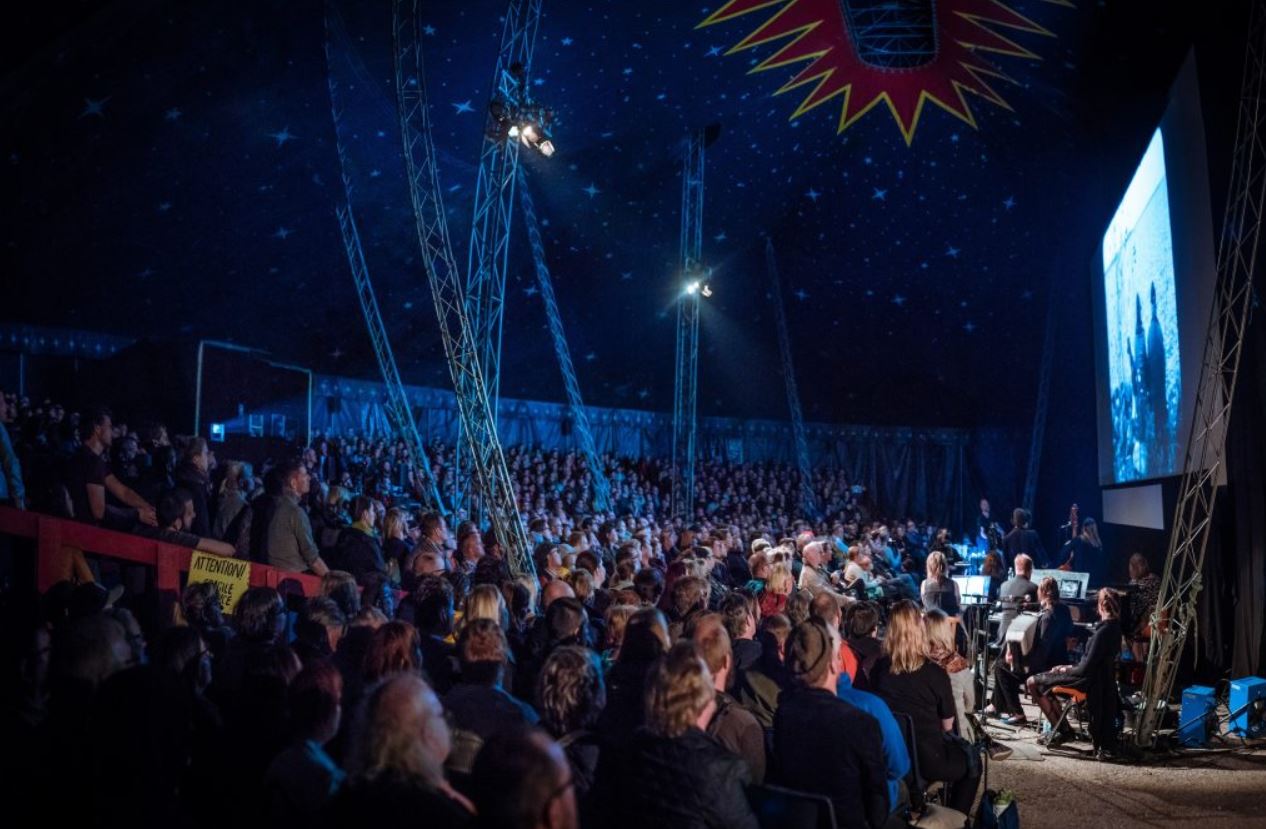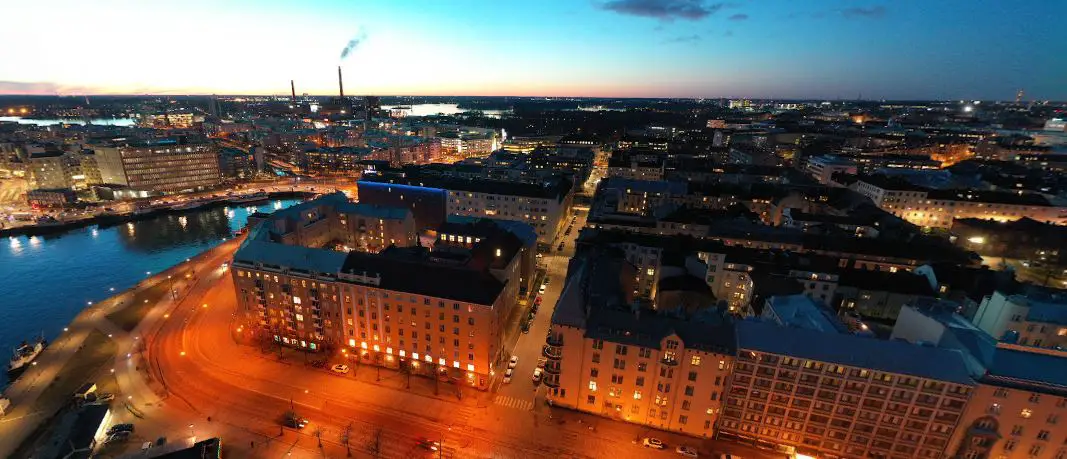What is the history and cultural significance of Finland's wooden churches?
Post ByAdequate Travel
Summary
Finland is home to some of the most unique and beautiful churches in the world. The country's wooden churches are a testament to its rich history and culture, with each one having its own unique story to tell. In this blog, we'll dive into the history and cultural significance of Finland's wooden churches. Before embarking on your journey to finland, make sure to check the latest travel guidelines and entry requirements to ensure a smooth tripHistory of Finland's Wooden Churches
1. Pre-Christian Era:
During pre-Christian times, Finns built various types of wooden structures, including both secular and religious buildings. The oldest surviving wooden church in Finland is the 17th-century Petäjävesi Old Church, which was constructed during the Swedish rule.
2. Influence of Christianity:
With the arrival of Christianity in Finland, the construction of wooden churches became more prominent. This can be traced back to the 12th century when the Swedish crusaders introduced Christianity to the Finnish people.
3. Wooden Architecture Tradition:
Finland has a long history of wooden architecture due to its abundance of forests. Wood has been a significant construction material as it was readily available and easy to work with. As a result, wooden churches became an essential part of Finland's architectural heritage.
Cultural Significance of Finland's Wooden Churches
1. Architectural Heritage:
Finland's wooden churches are an integral part of the country's architectural heritage. They showcase the traditional building techniques and craftsmanship of the region. Many of these churches have been exceptionally well-preserved, providing a glimpse into the past.
2. Symbol of Finnish Identity:
Wooden churches have become symbolic representations of Finnish identity and culture. They are often associated with rural areas and traditional lifestyles, serving as a reminder of the country's deep-rooted connection to nature and its history.
3. Religious Importance:
Wooden churches are centers of religious activities and play a vital role in the spiritual lives of the local communities. They are places of worship, where people gather for religious ceremonies, weddings, funerals, and other important events.
4. Tourist Attractions:
Finland's wooden churches have become popular tourist destinations, attracting visitors from around the world. The unique architectural style, picturesque locations, and historical significance make these churches a must-visit for anyone interested in Finnish culture and history.
5. Preservation Efforts:
Preserving and maintaining wooden churches has been an ongoing effort in Finland. Many of these churches have been restored and protected to ensure their longevity. Through these preservation initiatives, Finland aims to safeguard its cultural heritage for future generations.
As you prepare for your journey, familiarize yourself with the specific entry requirements, including any necessary visas or documentation.Suggested Questions
- Sääksmäki Old Church, Valkeakoski: Horror Story, History & Paranomial Activities
- Pohjaslahti Church, Pietarsaari: Horror Story, History & Paranomial Activities
- Sysmä Old Church, Sysmä: Horror Story, History & Paranomial Activities
- Nakkila Old Church, Nakkila: Horror Story, History & Paranomial Activities
- Lapinjärvi Church, Lapinjärvi: Horror Story, History & Paranomial Activities
- Ulvila Old Church, Ulvila: Horror Story, History & Paranomial Activities










